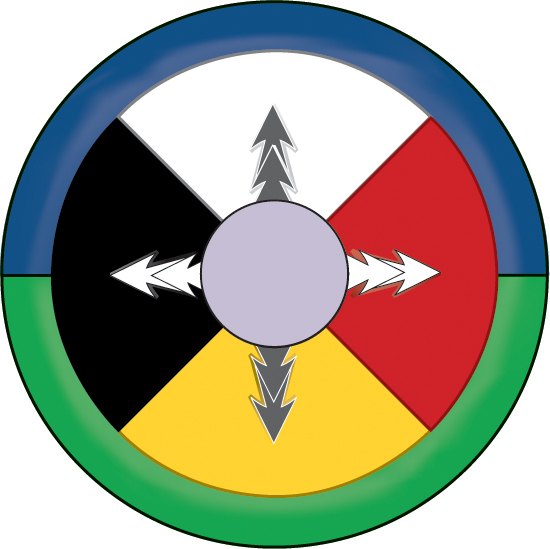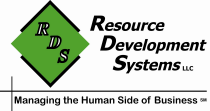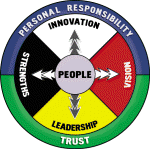The organizational performance
management system™

Creating a High Performance Workplace.
Over ten years ago the driving force for beginning our initial study to find out what makes a difference in organizations was our dissatisfaction with not making a difference. Sure, we provided great training programs that our clients and participants raved about, but at the end of the session so often the same thing happened as happens in countless organizations all around the world even still today: employees love the training; go back to their offices or worksites; workbooks go on bookshelves, if not in garbage cans; and in the end nothing really changes in the organization.
Simply having a good training program that is well received and expertly delivered does not mean that the training is going to be applied and make an impact in the organization’s performance. Even with an increase in individual performance, it still does not mean a necessarily corresponding increase in organizational performance.
In fact, we came across research that used longitudinal data from the American Society for Training and Development which reveals that most business skills training that organizations conduct do not have any impact at all on the organization’s performance. This training includes customer service, sales, and new employee orientation, but what’s worse is that it also includes management, leadership and executive development training programs as well (see our whitepaper Training’s Role in Achieving High Performance for more information). Some of the key programs that should have the most impact on organizational performance simply do not provide that impact.
Download a Case Study from one Client's Exerience with the OPMS Program
Doing Different Things to Make an Impact on Performance.
This clearly means that we need to take a different approach to implementing a learning process if we really want to make a difference. The first thing is to utilize the Seven Elements of High Performance™ when crafting our approach. As we also learned from our research, the best organizations don’t just do things differently; they do different things. So if we were going to help our clients create a Culture of Engaged Performance™, then we have to find a different way to achieve that.
We determined from our research that an effective program must do the following:
-
Provide an ongoing process to bring about long-term and long-lasting change.
-
Focus on organizational performance, not individual performance.
-
Start at the top with executives and managers; those who have the most impact on culture and employee engagement.
-
Create engaged employees, which leads to better products, processes and services, which leads to engaged customers, which leads to long-term organizational performance results.
-
Use a Change Management approach that first engages employees and then changes Procedures, Operations, Processes and Systems.
Our result is the Organizational Performance Management System™.
The Organizational Performance Management System™ (OPMS™) is a carefully planned process consisting of five phases that are designed to be delivered in combination over the course of approximately 3 years. Based on 10 years of research and 7 years of design and development, the focus of these phases is to provide executives and managers with the skills to utilize the Seven Elements of High Performance™, engage employees, and eventually lead to the establishment of a long-term Culture of Engaged Performance™.
Each phase is designed to accomplish certain things at certain times. Working together with each other, each part of each phase lays the foundation for the next things to come in the process. While carefully planned, it is also designed to be flexible enough to allow for focusing on the unique needs of each individual organization.
Depending on the organization’s size and management structure, the actual programs, timeframe and overlap of phases vary, but their order in the Organizational Performance Management System™ process remains the same.
Phase 1 – Senior Team Development: The focus is to build an effective team of managers by building trust and improving communication on the management team. This allows for the future critical discussions needed to enhance team performance, create a Vision, and deliver organizational performance.
Phase 2 – Leadership Development: Managers learn the new leadership skills needed to engage employees, and then how to apply those skills to actually create that engagement and increase organizational performance.
Phase 3 – Vision Development: Managers create a Vision of an Aligned Purpose, Values and Goals and plan its execution in the organization.
Phase 4 – Organizational Culture Development: Managers review and change organizational systemic issues that are getting in the way of employee engagement, and develop new systems that can support engagement and performance. This concludes the establishment of the new culture for the organization, which began in Phase 1.
Phase 5 – Sustaining a Culture of Engaged Performance™: The next year is critical for maintaining the new culture that has been created. It is all too easy to backslide into old ways. Managers maintain focus by reviewing and monitoring key systems of engagement and performance.
The typical investment in the process is about 1% of your payroll per year, with a typical timeframe of 3 years. With a potential increase in the Payroll Efficiency Factor™ of 15% or more, the annual potential return is tremendous. The OPMS more than pays for itself!

